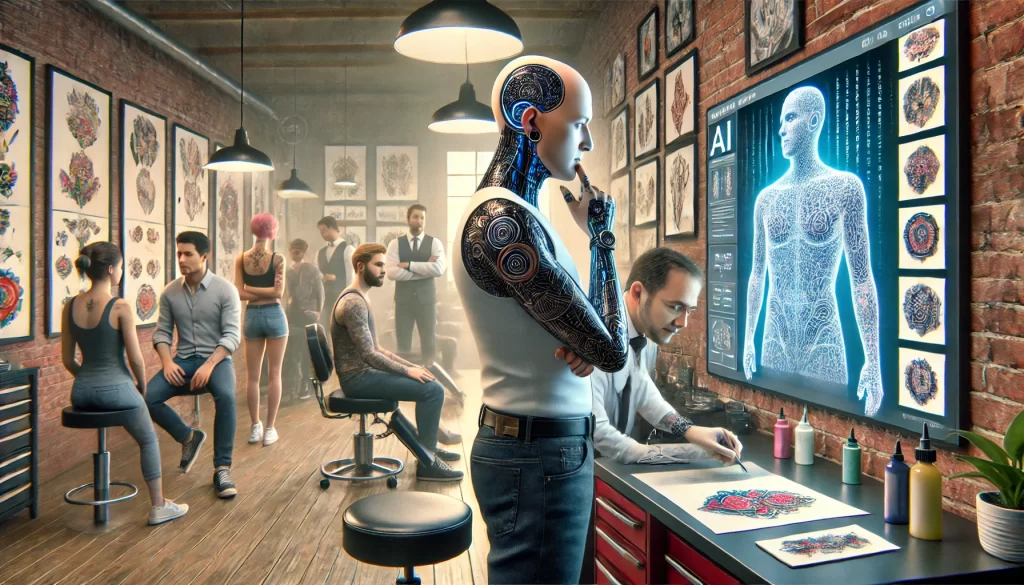Launching a fierce debate in the tattoo community, AI is coming to terms with its place within art and technology as it makes an unexpected entrance into tattoo design. While some artists and clients welcome the precision, detail and time-saving benefits of AI as a tool that generates tattoo designs here to stay. But, others say it undermines the integrity of long-held traditional artistic value in tattoos and a craft that is based on skill, now being replaced by an impersonal ethos.
AI tools assist tattoo artists in taking complex designs further and creating personalised tattoos without spending hours sketching. In seconds, algorithms can create original tattoos by combining client input with stylistic elements of realism or geometrics, from geometry art to traditional tattoo symbols. Artists with tight schedules or who are trying to learn new art skills can use AI in a beneficial manner.
However, critics point out that such AI-boggled designs could end up presenting a risk of homogenising the art form, facilitating disparities among artists. A product of human intuition and individualised touch, Tattoos have an unbreakable bond with personal expression, cultural importance and artistic lineage. A substantial population of traditionalists fear a world where AI-generated designs would strip away this intimate and collaborative process between client and artist that has been the cornerstone of tattoo culture for hundreds of years. Adding that, AI itself can copy styles but misses the “soul”, or should we say each hand-crafted item tells a story to you.
This concept has been a controversial one amongst tattoo studios. In some cases, AI doomsayers have come to terms with the technology as a co-facilitator that lends human creativity to machine precision for clients who want more flexible choices. A few wholly resist the idea — those people are dedicated to ensuring tattoos remain a craft, a rite of passage even through their scrabbling artistry and human error.
AI is becoming increasingly interesting in tattoo design but has met with mixed responses which mirrors the broader issues of where art goes when technology starts to take over how it both operates and reacts. Clients and artists are aware as the dialogue plays out, moving through a space where technology efficiency meets tradition — creating an urgency: how do we maintain integrity in art when it feels like every creation is made by AI?
References:
The Dark Side of AI in Tattooing (tattooedtheory.com)
Tattoo Artists Face AI’s Impact on Their Art (wsj.com)
The Controversy of AI-Generated Tattoos Explained (Toolify.ai)
Contributor





